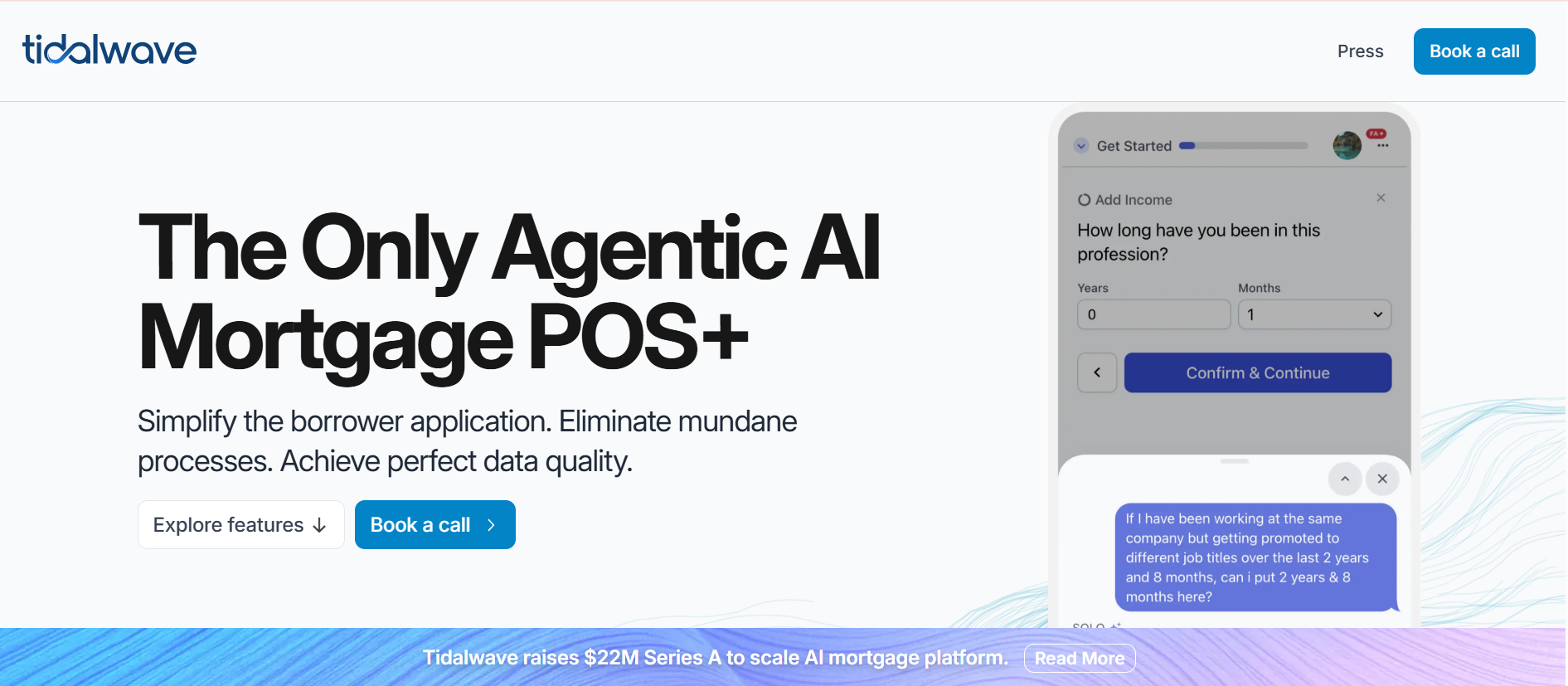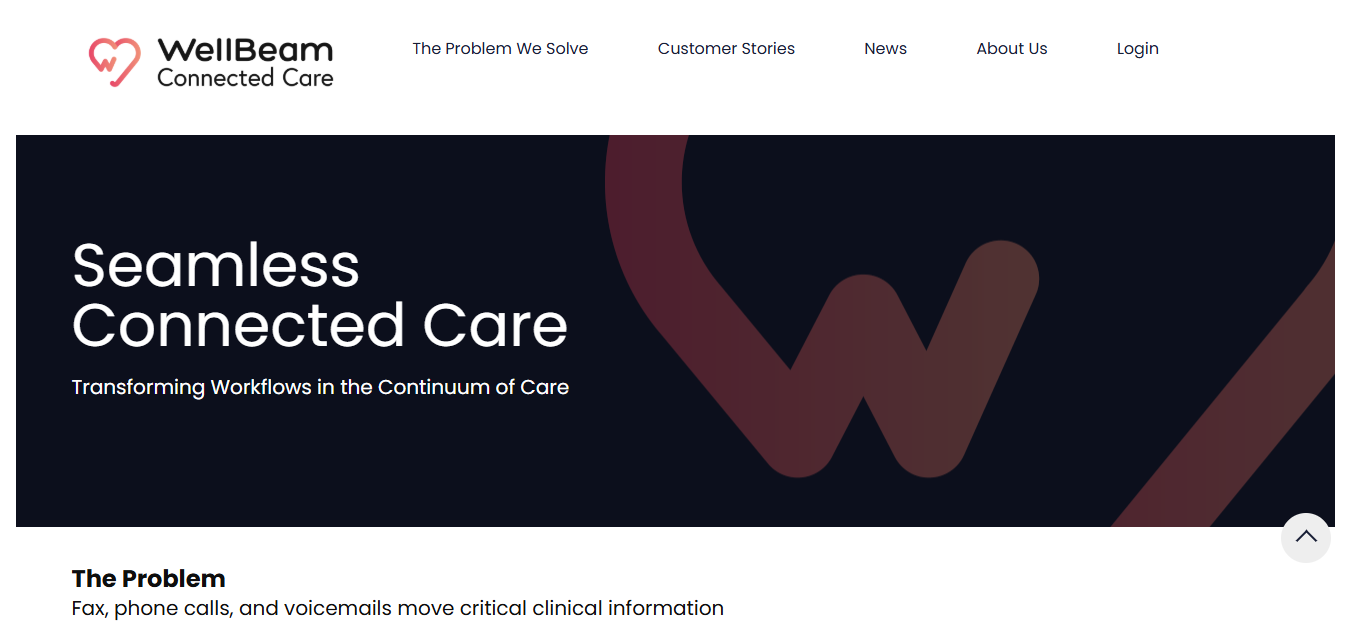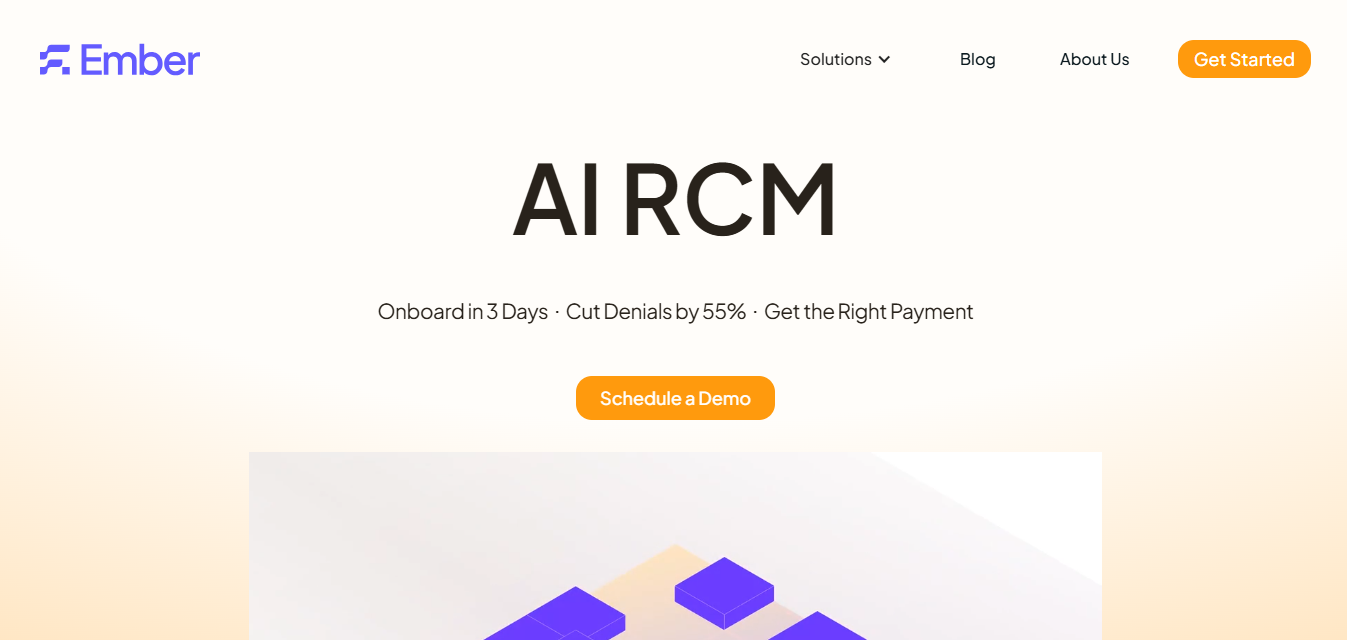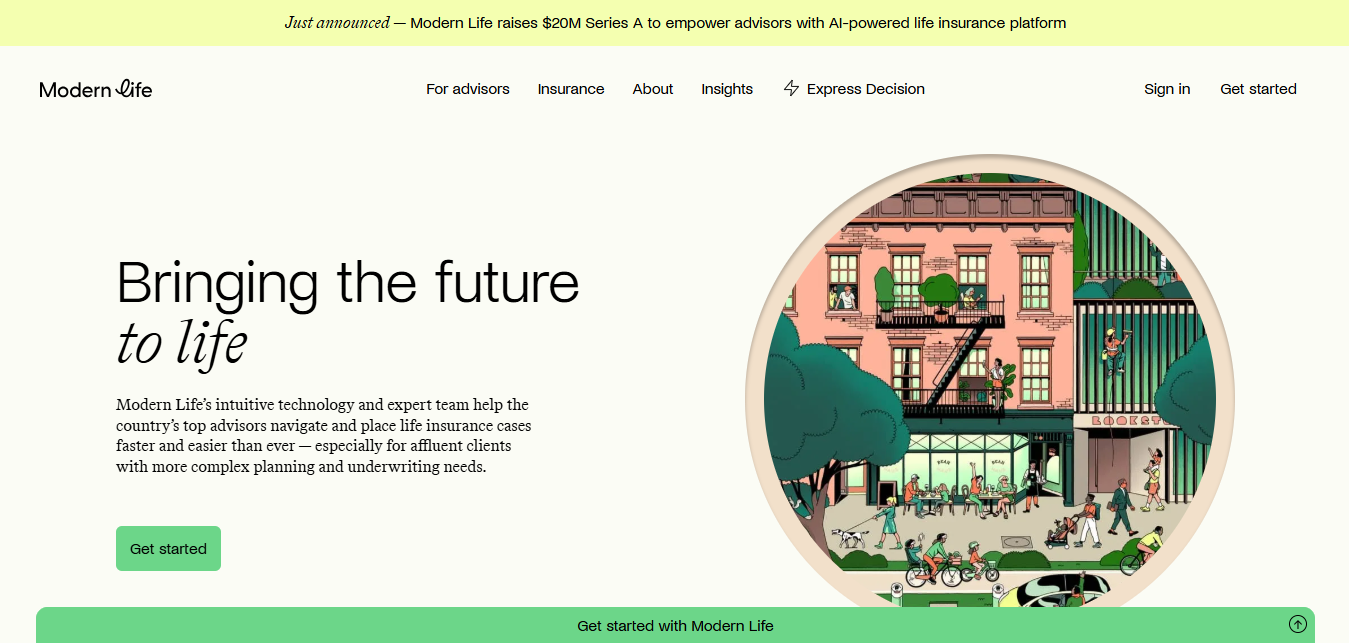When a startup closes a big round, excitement quickly gives way to chaos, suddenly there are dozens of open roles, urgent hires to make, and no clear system for managing it all. Leaders find themselves juggling undefined job descriptions, ad hoc interview processes, and restless teams all at once. In this storm of growth, costly mistakes happen: the average time-to-hire has ballooned to 43 days, empty seats drain an average of $4,129 each during a 42-day vacancy, and internal stress spirals. As Cypress HCM warns, “inefficient recruiting practices can cost your business a significant amount of money”, from lost productivity to higher turnover. In fact, research shows 14% of startups ultimately fail because of hiring missteps. In other words, you can’t scale chaos.
Fenoms cuts through this hiring chaos with a repeatable, four-step operations system. Unlike a generic recruiter or job board, Fenoms is “a hiring platform purpose-built for high-growth startups,” with vetted candidates matched to your stage and goals. More importantly, Fenoms doesn’t just source talent, they build the system around hiring: from clarifying roles to refining workflows, and from structured sourcing to ongoing follow-ups. This end-to-end approach “brings structure where there’s chaos”, embedding calm into a once-frantic process. Below is how their method works.
Why Scaling Feels Like Spinning Plates
Startups on hypergrowth often skip the fundamentals of people operations, and it shows. In the scramble to hire, roles go undefined, interview steps get skipped, and dozens of tasks fall through the cracks. Leaders are stretched thin: they spend their time playing HR jenga instead of driving strategy. As Entrepreneur warns, when teams hit ~100–150 people without strong processes, “leadership bandwidth shrinks, decision-making slows, and inefficiencies emerge.” If hiring is left to guesswork, candidates ghost, offers slip away, and morale sags. In fact, poor communication is already a huge problem: two-thirds of candidates report inconsistent updates during hiring, and nearly half will “withdraw from the process” entirely if left in the dark.
Meanwhile, every vacant position bleeds the company. Every week a hire is delayed means projects stall, existing employees burn out trying to pick up slack, and revenue opportunities evaporate. The cost adds up quickly. According to Axiom Staffing, each unfilled role costs about $4,129 over just 42 days on average. Multiply that by multiple headcount and the losses become unsustainable. No wonder one founder quipped that hiring feels like juggling “every spin, twist, and catch.” The pressure is so high that 14% of startups list poor hiring as the reason they didn’t make it.
To avoid this nightmare of spinning plates, fast-growing teams need order. They need clear job blueprints, purpose-built processes, and a predictable cadence. Without it, they’re essentially gambling—hoping for the right candidate or miraculously catching up on admin—when in reality they’re accruing hidden costs at every step.
The Calm Inside the Storm: Fenoms’ 4-Step System
Fenoms’ solution is a simple mantra: bring a calm, structured methodology to every hire. Their four-step Hiring Ops framework creates a clear roadmap out of chaos. In practice, a Fenoms Engagement Manager will:
- Role Scoping & Success Blueprinting: Fenoms starts by very clearly defining what the new role is and what “winning” looks like. That means nailing down 3–5 core responsibilities (not a catch-all “do everything” job). They work with leadership to set concrete success metrics and timelines upfront. Every expectation is spelled out before candidates are sourced. This precision prevents scope creep (as one recruiting guide puts it, a role that’s “handling everything plus the kitchen sink” means you probably aren’t ready to hire) and ensures every applicant understands the mission.
- Workflow Design & Ownership Clarity: Next, Fenoms lays out the entire hiring process like a project plan. Who does what, when, and how. Each stakeholder (hiring manager, interviewer, recruiter) is assigned specific tasks and deadlines. In other words, the team knows exactly “who is leading the process, who is conducting interviews, and how each person should be involved”. This prevents confusion and duplicative effort. Fenoms also builds in tools and templates (like standardized scorecards and calendars) so that every candidate moves through the pipeline smoothly. In effect, they bring corporate-style rigor (stakeholder plans, feedback loops, response SLAs) to the startup world, all tailored to a lean budget.
- Structured Search & Candidate Syncing: With the plan in place, Fenoms executes a targeted search. Rather than an untargeted job blast, they conduct a “well-structured search” that maximizes efficiency and fit. This means carefully sourced lists, Boolean and AI-supported matching, and pre-screened profiles aligned to the success blueprint. At the same time, Fenoms maintains constant communication with candidates. (This matters: 65% of job-seekers complain about getting no updates.) Fenoms sends timely progress updates and feedback so top candidates never go cold. In practice this syncing leads to higher show-up rates and quicker offers.
- Wraparound Support & System Check-ins: Finally, Fenoms provides end-to-end support even after a candidate signs. They assist with offer negotiations and onboarding coordination, and they schedule regular process reviews. Every few months, Fenoms audits the hiring system, tweaking outreach channels, interview questions, or evaluation criteria as the company evolves. These check-ins ensure that the system keeps improving rather than drifting back into chaos. Think of it as ongoing “reverse engineering”, learning from each hire to refine the next search.
Through these steps, Fenoms builds a repeatable hiring engine. Founders get a hiring playbook instead of an ad-hoc process. This means the recruiting function starts to run on its own wheels, freeing up team bandwidth for strategy. Over time, each successive hire becomes faster and more predictable as the system tightens up.
What Calm Feels Like
The results speak for themselves. Fenoms clients report dramatically lower time-to-hire and much less stress. As Chris Hutchins of All the Hacks put it: “She’s managing so many aspects of the business now and seems to have come up with a great system for doing it… She’s also contributing far greater than an EA. She’s also a project manager, podcast producer, copywriter, social media manager and more!”. His team’s Fenom hire not only filled the role but built whole systems for them. Similarly, Inbox Collective founder Dan Oshinsky notes, “At every step of the way, Anjalie has impressed me. She has initiative, thoughtfulness, attention to detail” and even suggested improvements to their processes. These anecdotes point to a bigger truth: with a proper hiring ops system, the company runs smoother.
Clients consistently see quantitative gains, too. Time-to-hire often falls by 50% or more once roles and workflows are defined. Turnover drops as roles are right-sized and onboarded effectively. The hiring funnel becomes a closed-loop learning process, what was learned from the last search immediately informs the next. Internally, founders reclaim their calendars: instead of fielding resume piles, they focus on coaching and growth. In short, “calm” looks like a predictable pipeline and the freedom to scale without firefighting.
This elevated process also shields against costly mistakes. A bad hire can set a startup back tens of thousands of dollars, CareerBuilder found 74% of companies lose on average $14,900 per mis-hire. By contrast, Fenoms’ screening and syncing means higher-quality offers that stick. And candidates notice the difference: nearly half of applicants will abandon an offer if a process feels disorganized. Under the Fenoms system, fewer candidates slip through the cracks, so fewer chances are lost on either side.
Scaling Without a People Team? Here’s How Fenoms Fills the Gap
Many startups don’t have a dedicated People Ops or HR function until they’re well past 50–100 employees. That’s not necessarily a problem—as long as there’s a system in place. But in most cases, the absence of a people team means hiring gets distributed informally across founders, department heads, and overburdened EAs.
This leads to:
- Inconsistent candidate experiences
- Delayed follow-ups (or none at all)
- Misaligned decisions between hiring managers
- Zero documentation or learning from past hires
Fenoms steps in as a fractional hiring ops team, bringing senior-level structure without the cost of a full-time People Ops hire. From building scorecards and setting up hiring funnels to establishing feedback cadences, Fenoms becomes the operating arm your startup didn’t know it needed. They don’t just help you make hires—they help you become excellent at hiring.
This is especially helpful for:
- Seed and Series A startups who can’t yet afford HR leadership
- Companies hiring across multiple roles or departments simultaneously
- Founders who need to focus on revenue, not resumes
Designed for High-Growth Startups, Not Enterprise Bureaucracy
Traditional hiring agencies and enterprise-focused platforms are often ill-suited for the speed, ambiguity, and scrappiness of startup life. They require months to ramp up, overcomplicate processes, and treat every company the same. Fenoms was designed from the ground up for early-stage and growth-stage startups, where roles evolve fast and priorities change weekly.
That means:
- Flexible contracts instead of year-long retainers
- Lean processes that don’t require endless meetings
- Talent aligned with startup environments (not big corp resumes)
- Hiring that prioritizes speed-to-impact, not just pedigree
As a result, Fenoms clients get a startup-native hiring system—agile, responsive, and easy to scale. No more translating rigid corporate processes into your nimble world. The system meets you where you are, and evolves as you grow.
The Hidden ROI of a Repeatable Hiring System
Too often, startup leaders view hiring as a cost center. In reality, a repeatable system for hiring is one of the most valuable growth levers a company can build. Why? Because when hiring is predictable, leadership can spend their energy on strategic moves, not firefighting.
The hidden ROI includes:
- Faster ramp time for new hires (thanks to role clarity)
- Higher team morale (fewer surprise hires or mismatches)
- Better candidate experience (which boosts your employer brand)
- Improved retention (because the right people are hired for the right roles)
- Time savings for founders and COOs (less context-switching, more focus)
Most importantly, your company becomes less fragile. If one leader leaves, or if hiring ramps up again suddenly, the system still holds. You’re not reinventing the wheel each time—you’re refining a machine.
From Talent to Operating System: What Fenoms Really Delivers
It’s easy to think of Fenoms as a modern recruiting partner—and yes, they’ll help you find incredible candidates. But what they truly deliver is something more valuable: a hiring operating system that lives inside your team.
With each engagement, Fenoms:
- Installs best practices that stay with your company
- Educates internal teams on structured hiring
- Recommends tooling setups (ATS workflows, automated follow-ups, scheduling templates)
- Brings visibility into hiring metrics (time-to-fill, funnel efficiency, drop-off rates)
The result? Your startup doesn’t just “hire better”—it becomes better at hiring, permanently. And that advantage compounds over time. Whether you're filling five roles or 50, you’ll move faster and with greater confidence.
You Can’t Scale Chaos
Scaling isn’t just about headcount, it’s about mindset. As one Entrepreneur contributor warns, “hyper-growth companies often overlook the importance of people processes,” which leads to breakdowns as headcount hits the hundreds. The lesson is clear: growth without process is unsustainable. Companies that grow through chaos eventually hit a wall, hiring slows, churn rises, and culture erodes.
Fenoms helps companies jump that chasm. They position themselves not merely as an extra sourcer, but as partners in hiring operations. In other words, Fenoms brings operational expertise alongside talent. They’ll train your team on best practices (from intake meetings to interview debriefs) and embed the right tools (like automated follow-ups and scorecards) so that every new hire leverages the same proven playbook. In this way, their clients gain not just one great hire, but a repeatable system that keeps serving them as they grow.
Building predictable hiring is ultimately a competitive advantage. Fenoms’ 4-step system turns hiring from guesswork into a discipline, embedding a culture of operational excellence that investors and executives love. As one venture advisor puts it, building strong processes “is important early… to ensure growth is sustainable”. In practice, this means your company can confidently multiply headcount without multiplying chaos.
Ready to Bring Calm to Your Hiring? If you’re ready to turn spinning plates into a smooth engine, Fenoms can help. Book a call or request a free Hiring Systems Audit to see where your process could use clarity. Every great growth story starts with the right team, and the right hiring system.









